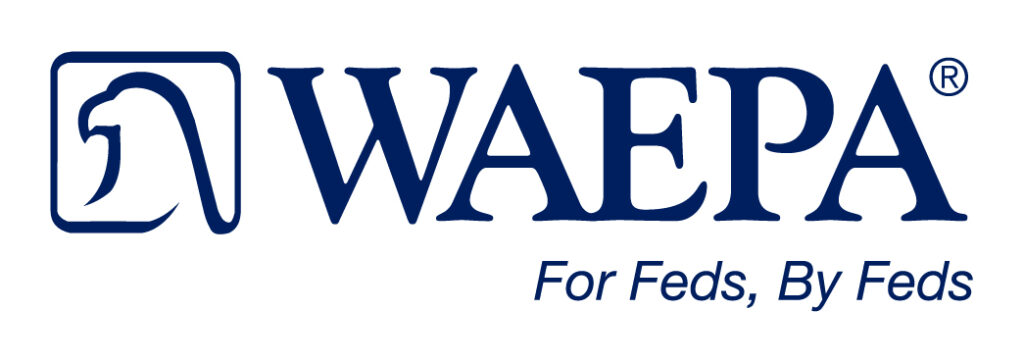
Need a More Engaged Team? Give Them Intriguing Puzzles to Solve
Let’s face it, engagement levels across the board for U.S. workers are frightening. Gallup has reported that only 29 percent of local and state government workers are engaged in their jobs — leaving an alarming 71 percent who are not. The implications are serious: non-engagement impacts government agencies through higher levels of absenteeism, turnover and safety incidents, which ultimately leads to a lower quality of public services provided to citizens.
On the encouraging side, higher levels of engagement have been correlated with positive outcomes such as productivity and improved customer ratings. Simply put, engaged government employees deliver on your government’s mission. So how do we better engage government workers?
The aspect of engagement that Liz Wiseman, a Top 10 Thinker, focused her extensive leadership research on is intelligence. Her Multipliers research demonstrated that giving teams intriguing puzzles to solve uses their intelligence at a higher level, which drives engagement and innovation. Her research has shown that in any organization, there are leaders that we call challengers – people who seed opportunities and create vivid, intriguing puzzles for people to solve, while also being skilled at generating a belief that seemingly impossible goals are actually attainable.
Consider a time when you were given a hard challenge. Did you clearly understand the need? Were you provided with the opportunity to define the path to solving the challenge? Did you feel like it was possible to accomplish?
If you answered yes to each of these, you have experienced working for a challenger. It is also likely that during this challenge you contributed your best work and discretionary effort.
People who work for a challenger are surprised and exhilarated to find that they often go far beyond what they previously thought was possible. As Jimmy Carter once said, “If you have a task to perform and are vitally interested in it, excited and challenged by it, then you will exert maximum energy.”
Wiseman uncovered the following three steps for setting a direction that invites people to solve a hard problem:
- Seed the opportunity. Take a bus trip.
- Lay down a challenge. Ask the hard questions and drop the agency speak.
- Generate belief in what is possible. Take a massive step.
Let’s take a closer look at each of these:
Seed the Opportunity
Multipliers understand that intelligence is engaged through challenge, and that intelligence is grown by being stretched. But instead of providing complete direction up front, multipliers will start a process of discovery by helping others to recognize the opportunity for themselves. As you may have experienced, letting others discover the opportunities themselves allows for a deeper understanding of the issue and plants the seeds for ownership.
Instead of telling their teams what the need is, multipliers show the need and reframe problems. Think of this as ‘taking a bus trip.”
Show the Need
When the City of Boston planned to update their website to make information more easily accessible to their citizens, Lauren Lockwood, then Chief Digital Officer of Boston, wanted the team to see the need from the citizens’ point of view. This was accomplished by having staff get out of the office and talk with residents to understand what was working and not working. Because of this firsthand “bus trip,” experience the team could quickly identify the opportunities most important to their citizens.
Once the needs were understood by the program areas, the next step was to engage the technical team. Lauren accomplished this by having developers attend the design sessions with the program areas. As she notes, “User research isn’t just for designers. It’s important to involve your developers in interviews so they see firsthand the user needs driving design decisions.”
Reframe Problems
When government teams can connect their work to public outcomes, they will naturally become more engaged. Donna O’Leary, Chief Information Officer for New Hampshire’s Health and Human Services, refers to this as “winning hearts and minds.” Donna’s approach is to make sure her technical teams have the business point of view by including them in meetings with commissioners and business leaders. This also allows technical teams to develop stronger relations with program staff, which breaks down silos by facilitating collaboration on public outcomes.
When government leaders can successfully seed an opportunity, their teams will see the possibilities for themselves through their own process of discovery. This process will spark your team’s intellectual curiosity and engage their minds.
Once an opportunity is properly seeded, intellectual energy is naturally created. The next step is to focus that energy by laying down a challenge in such a way that it creates a huge stretch for a team or organization.
What other examples have you seen for showing the need and reframing problems? Comment below!
Tune in next week when we explore three methods for laying down a stretch challenge.
Originally posted on GovLoop by Jon Haverly.









